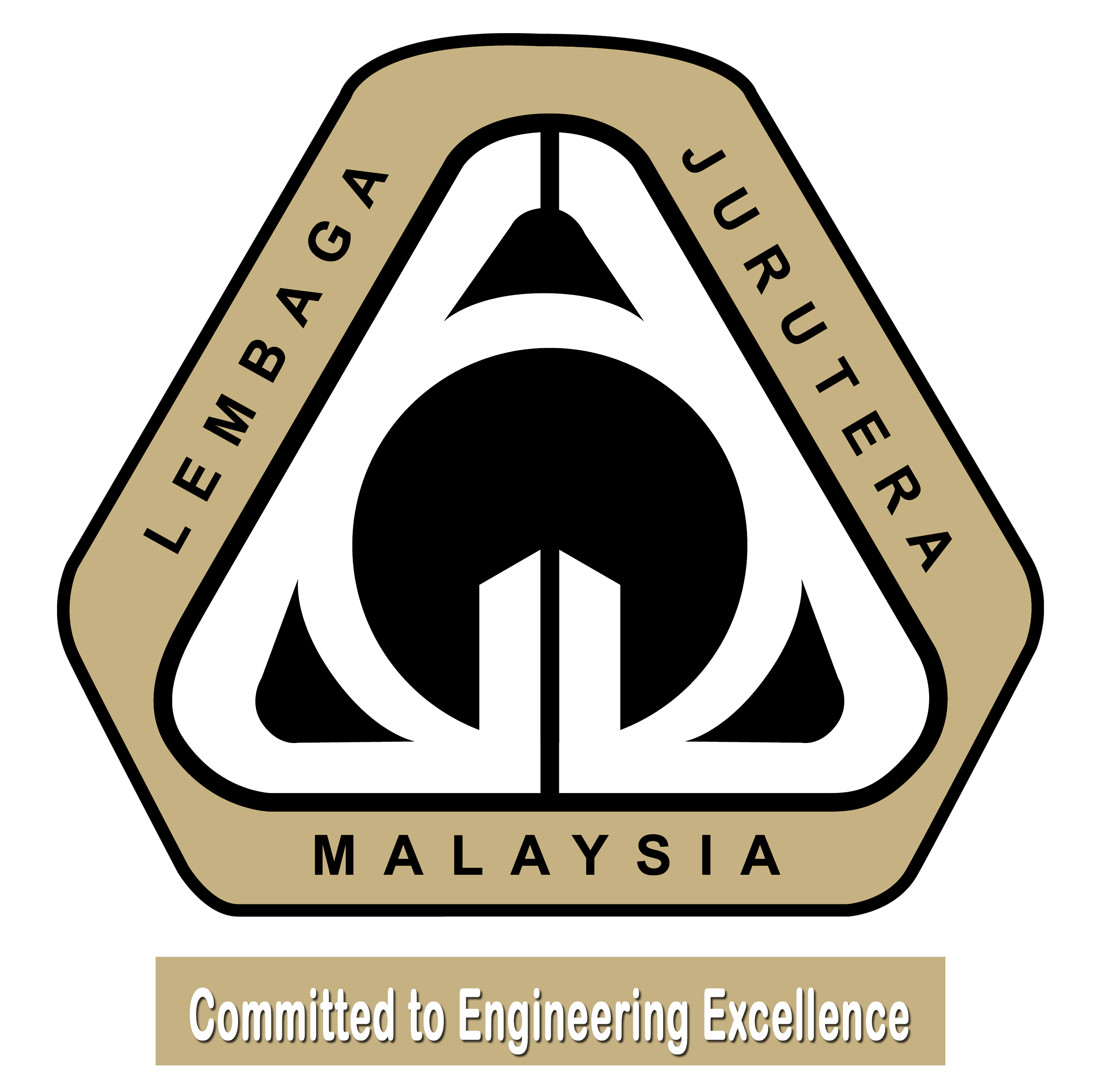 Environmental
Environmental
PROFESSIONAL COMPETENCY EXAMINATION
(ENVIRONMENTAL ENGINEERING DISCIPLINE)
INTRODUCTION
Environmental Engineers use the principles of engineering, coupled with biological and chemical knowledge to design solutions to environmental problems in order to provide cleaner air, water and soil for the society and to protect the ecosystem from detrimental effects of anthropogenic activities. They are involved in design of systems, structure, policies, equipment and etc. that are directly related to environment to safeguard public health and environmental quality. Environmental engineers are typically involved in optimization of resources utilization, pollution control and waste management. The job scopes of environmental engineers include, but not limited to the following:
- Design systems and equipment for effective use of natural resources;
- Design and evaluate systems and processes for management of wastes;
- Design and evaluate pollution control systems, including wastewater treatment, solid waste management, soil treatment systems and etc.;
- Inspect and evaluate the existing developmental plans to minimize the impacts of such developmental plans on the environment;
- Develop strategies to prevent environmental degradation;
- Evaluate and the improve the existing pollution mitigating or prevention measures;
- Predict long-term environmental impacts of a development project and provide technical advice and solutions;
- Provide solutions to remove or remediate environmental problems from present and past activities;
- Provide technical advice for policy making and legal deliberations related to public health and environment.
SYLLABUS
- General
- Unit conversion (temperature, weight, pressure, power, etc.)
- Basic chemistry (isotope, pH, chemical reaction, mixtures, ideal gas law, concentration of solutions, neutralization, combustion, molarity, mass fraction, density, viscosity, etc)
- Basic microbiology (classification of micro-organism)
- Basic thermodynamics (systems, states, properties (pressure, volume, temperature), processes, cycles, equilibrium, entropy)
- Basic mass and energy balances
- Basic heat, mass and momentum transfer (modes of heat transfer, thermal radiation, thermal conduction, thermal convection, absorption power)
- Water and Potable Water
- Chemistry (properties, heat capacity, density, vapour pressure, viscosity, turbidity, chlorine, hardness, etc)
- Biology (properties, water pollution, biological oxygen demand, eutrophication, wetland)
- Microbiology (Micro-organism, protozoa, e-coli, bacteria, disease, eutrophication)
- Treatment (bacteriological sampling, indicator for drinking water quality, dissolved oxygen)
- Wastewater
- Sources, minimization and prevention (removal of contaminants)
- Collection system (lagoon size, detention time, stabilizing pond, balancing tank)
- Residual management (sludge build up, sludge treatment, equipment)
- Treatment Technologies and Management (process unit, mechanical equipment)
- Health, Safety And Environment
- Emergency response (emergency plan, mitigative action)
- Exposure assessment (quantitative risk assessment, TLV, chronic industrial exposure)
- Noise pollution (noise term, permitted sound level, intensity)
- Radiation (black body)
- Indoor air quality (criteria, regulatory limits, ventilation)
- Communal disease (silicosis, etc.)
- Toxicity (classes of toxicity, severity, carcinogen, effects, route of exposure, LD50)
- Solid Waste
- Collection and transportation (transfer station, SOP, guideline, packaging type, load, forms, licensed transporter)
- Storage (SOP, guidelines, labelling, facilities, documentation)
- Disposal technology (landfill requirement)
- Treatment technologies (best available techniques, incineration, composting, combustion)
- Minimization and prevention (source reduction)
- Scheduled Waste
- Collection and transportation (transfer station, SOP, guideline, packaging type, load, forms, licensed transporter)
- Storage (SOP, guidelines, labelling, facilities, documentation)
- Disposal technology (landfill requirement)
- Treatment technology (best available techniques, clinical waste incinerator)
- Minimization and prevention (source reduction)
- Site assessment and remediation
- Site characterization (EIA, soil remediation)
- Remediation alternative identification (soil vapour extraction, clean up technologies, cost analysis)
- Air Pollution
- Source categories (Reingleman chart, pollutants, CO2, SO2, etc.)
- Effects to human and environmental health (regulatory limits)
- Treatment technologies (best available techniques, cyclone separator, ESP, scrubber)
- Sustainable Development
- Global warming (effects, causes, carbon sink, carbon footprint)
- Green Approach (green premises, carbon footprint reduction, energy and material reduction, waste reduction, productivity)
- Social sustainability (components of social sustainability)
- Green Purchasing (components of economic sustainability)




















